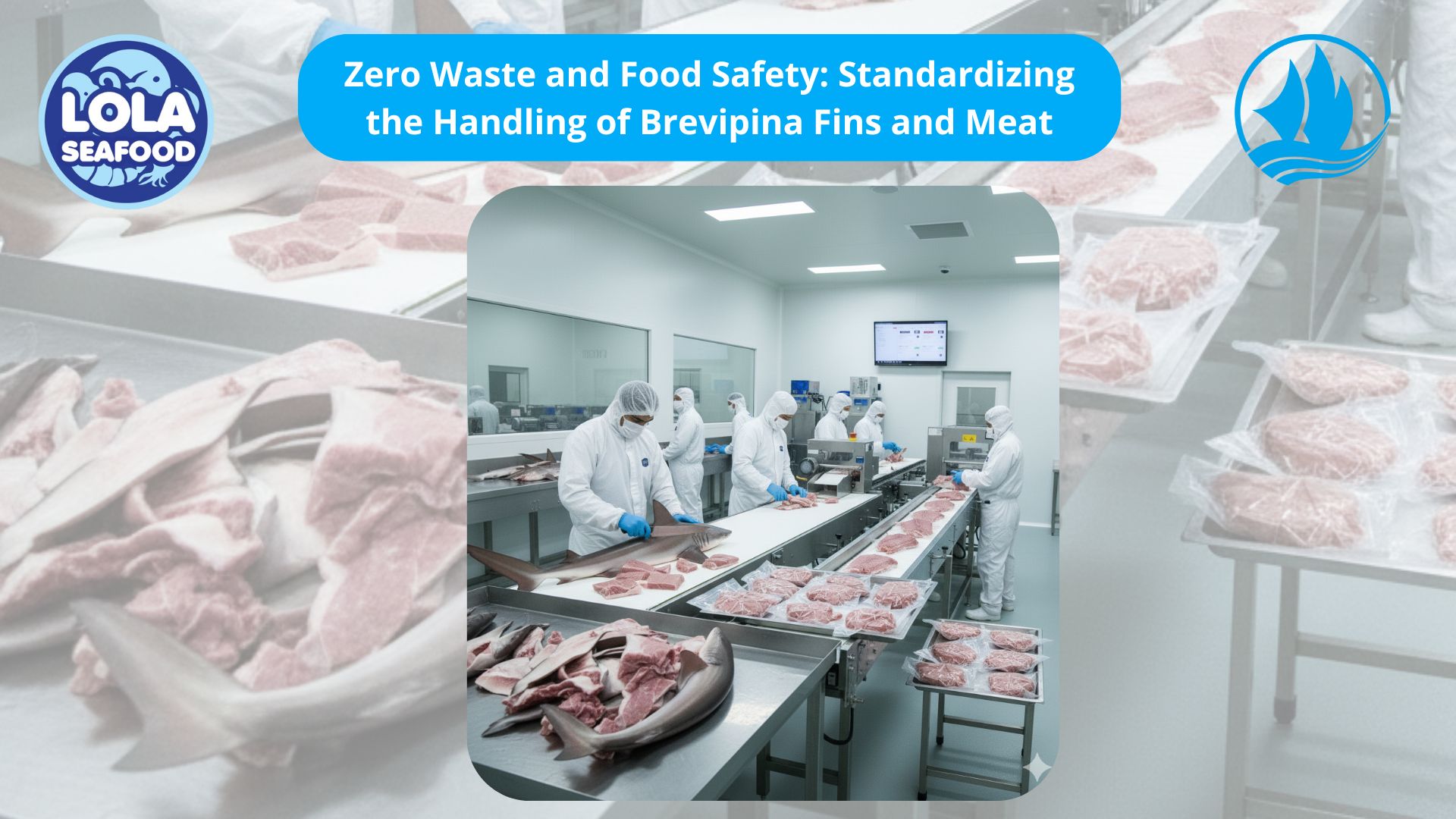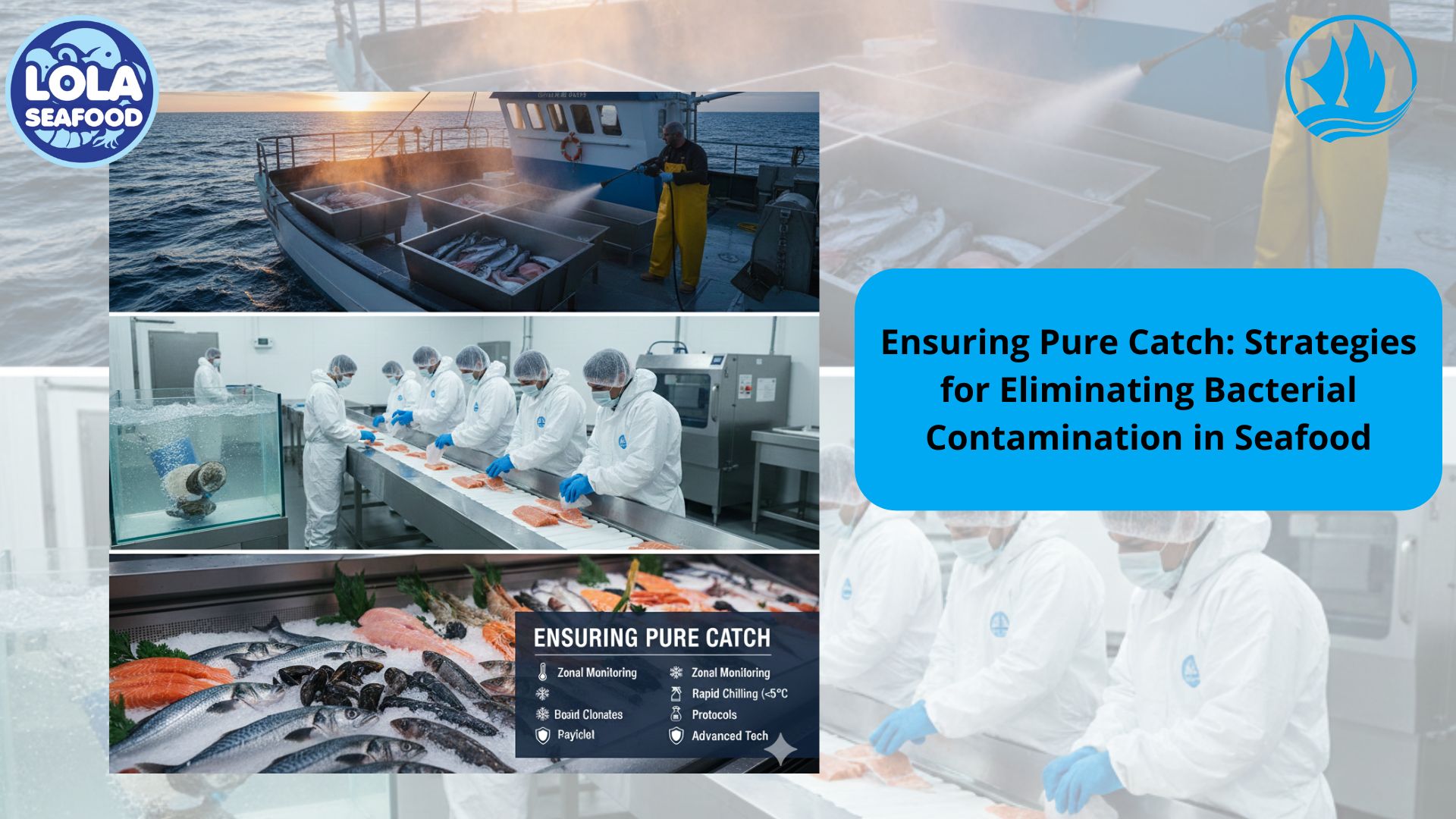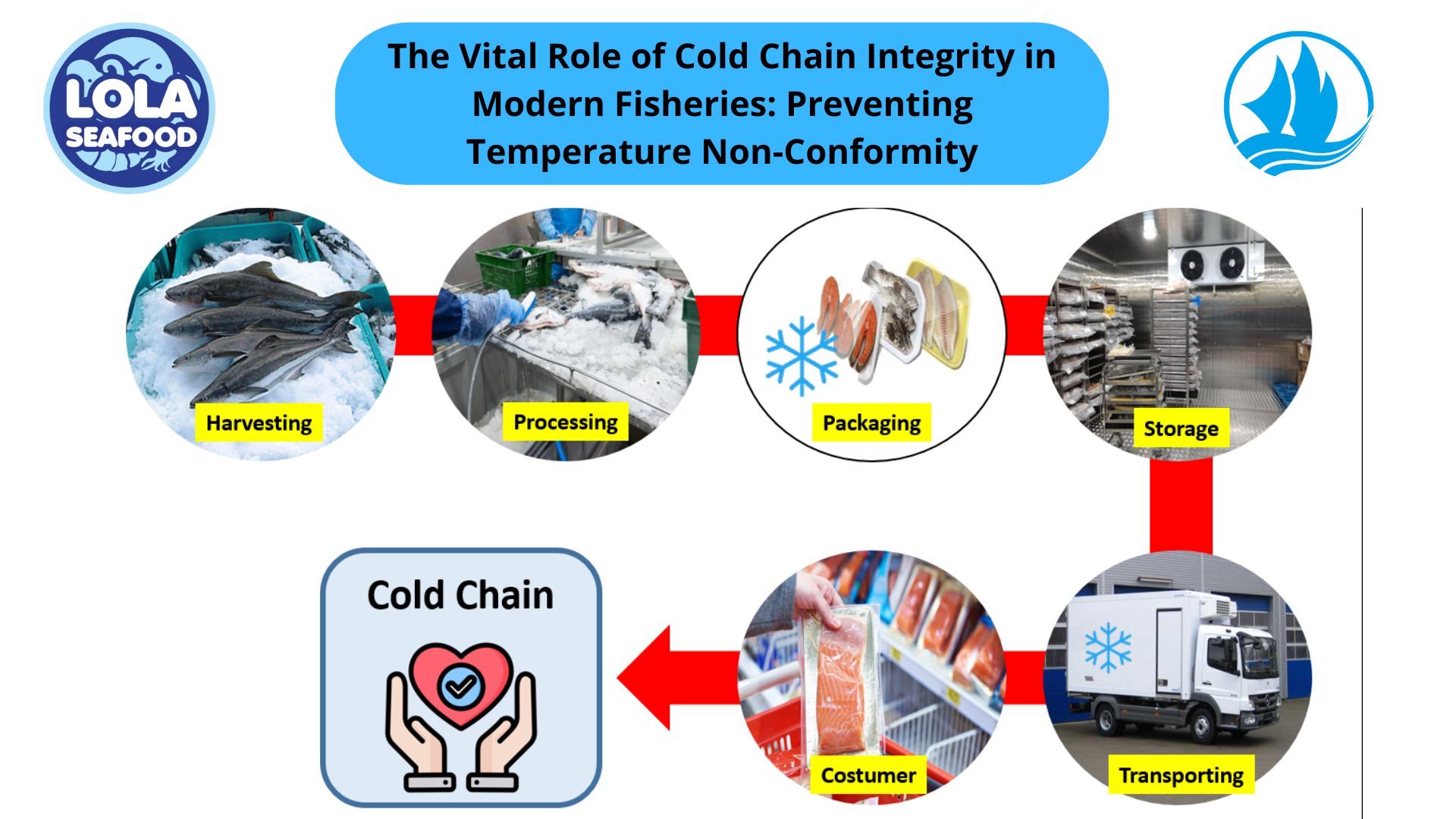Exploring Fish Preservation Techniques: Ensuring Freshness and Quality
By. Najih - 25 Sep 2024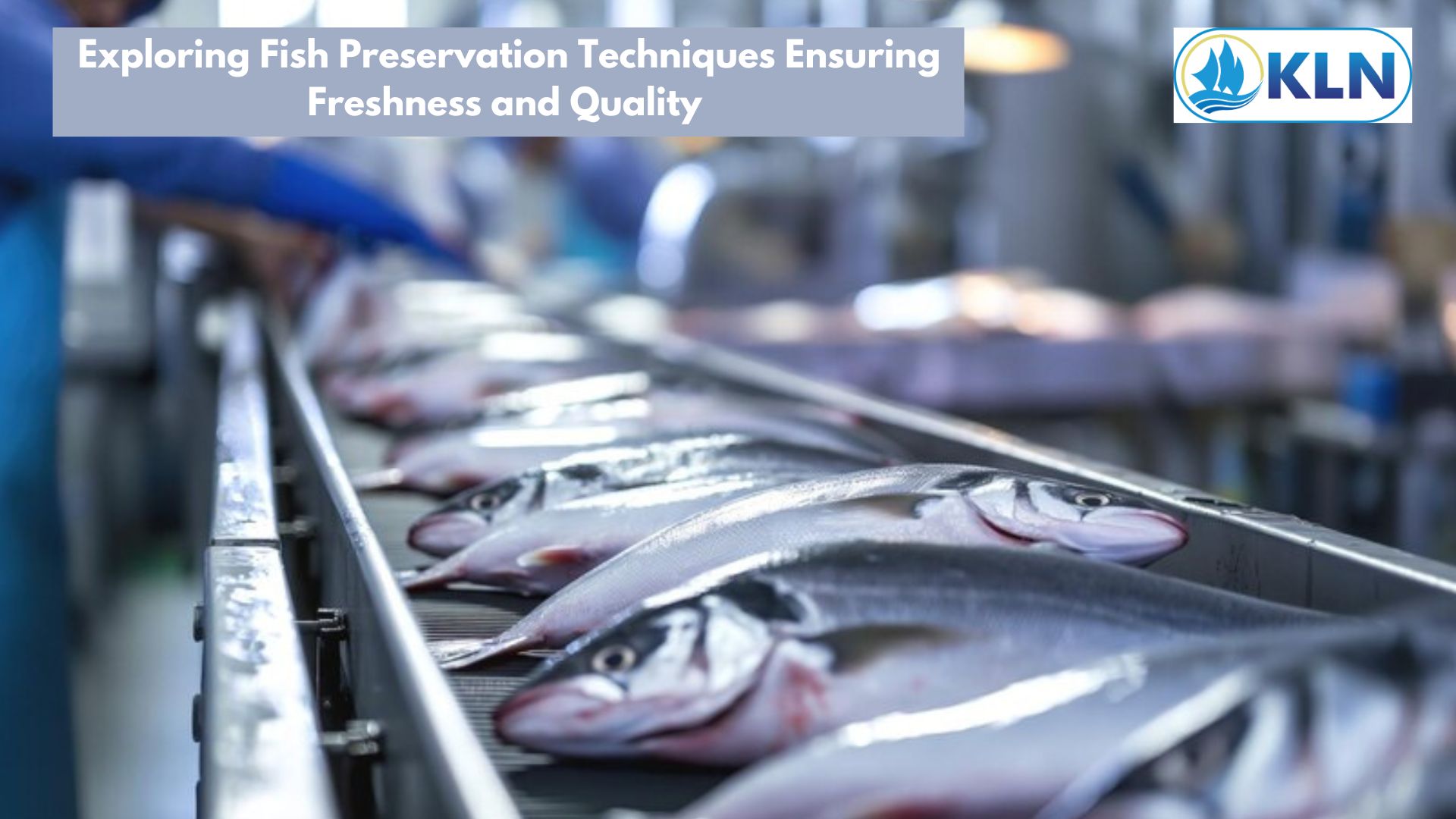
Fish preservation is a critical aspect of the seafood industry, ensuring that fish remains safe and palatable for consumers. As global demand for seafood rises, understanding various preservation techniques becomes essential. This article explores effective methods of fish preservation that maintain quality and extend shelf life.
1. Freezing
Freezing is one of the most common and effective methods for preserving fish. By lowering the temperature quickly, freezing prevents the growth of bacteria and maintains the fish's texture and flavor. Rapid freezing techniques, such as blast freezing, are especially beneficial, as they create smaller ice crystals that help retain moisture and quality. Proper packaging, like vacuum sealing, further protects the fish from freezer burn and oxidation.
2. Salting
Salting is a traditional preservation method that draws moisture out of fish, creating an environment that inhibits bacterial growth. This technique can be applied in various ways, including dry salting and brining. Dry salting involves rubbing salt directly onto the fish, while brining involves soaking the fish in a saltwater solution. Both methods enhance flavor and texture, making salted fish products like cod or herring popular in many cuisines.
3. Smoking
Smoking fish not only preserves it but also imparts a unique flavor profile. There are two primary methods: hot smoking, which cooks the fish, and cold smoking, which adds flavor without cooking. Hot-smoked fish, such as salmon, is ready to eat, while cold-smoked fish requires further cooking. This technique has gained popularity due to its ability to enhance taste while extending shelf life.
4. Canning
Canning involves sealing fish in airtight containers and heating them to destroy bacteria and enzymes. This method allows for long-term storage and is especially useful for maintaining the nutritional quality of fish. Canned fish products, such as tuna and sardines, are convenient options for consumers, offering a shelf-stable source of protein.
5. Fermentation
Fermentation is an ancient preservation method that transforms fish into products like fish sauce or fermented herring. This technique not only extends shelf life but also adds complex flavors and probiotics, promoting gut health. Fermented fish products are gaining popularity in various cuisines, especially in Asian and Scandinavian dishes.
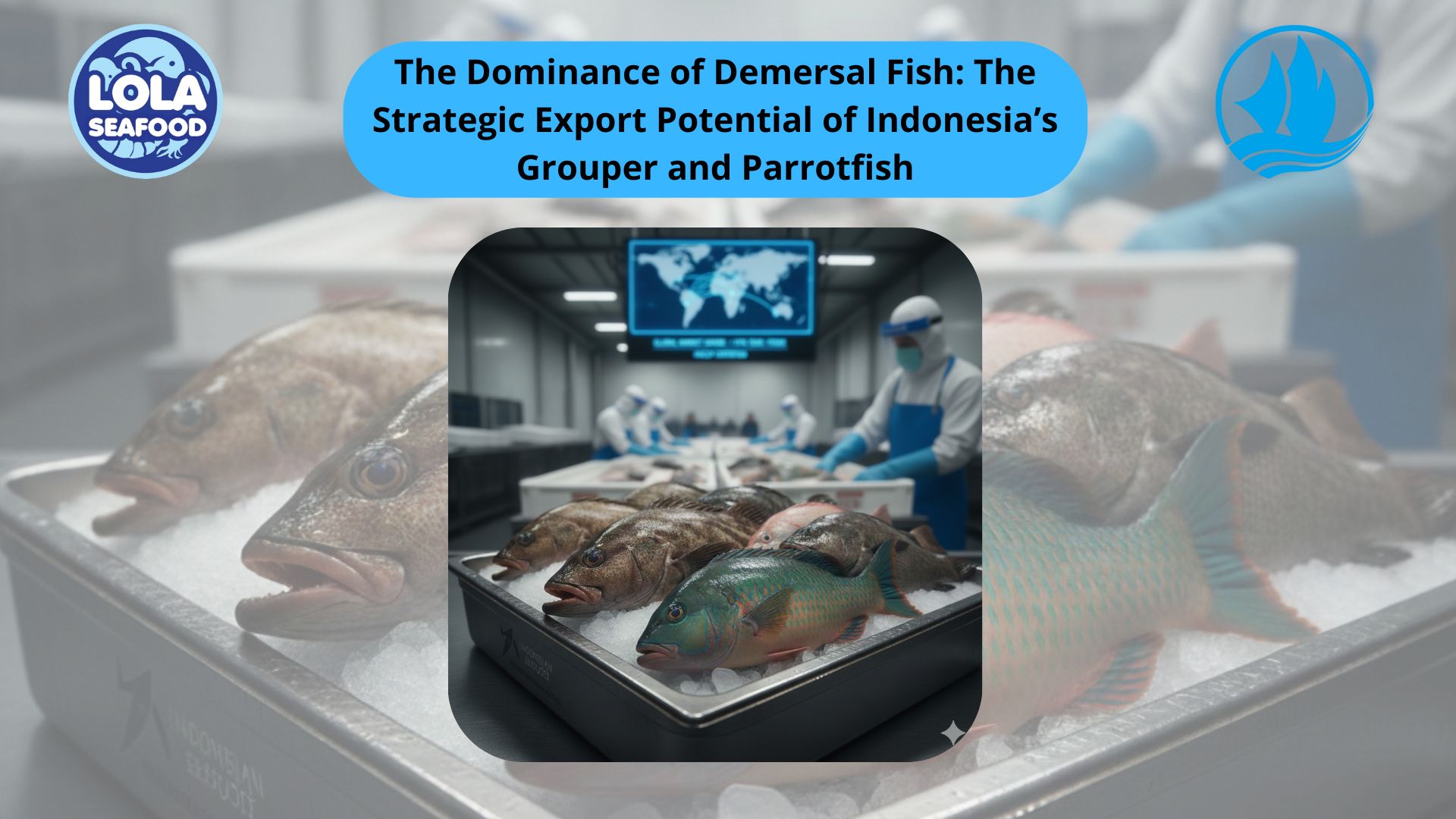
The Dominance of Demersal Fish: The Strategic Export Potential of Indonesia’s Grouper and Parrotfish

Mitigating Biological and Chemical Hazards: Our Rigorous 7-Step HACCP Protocol in Wild-Caught Fisheries


.jpg)
